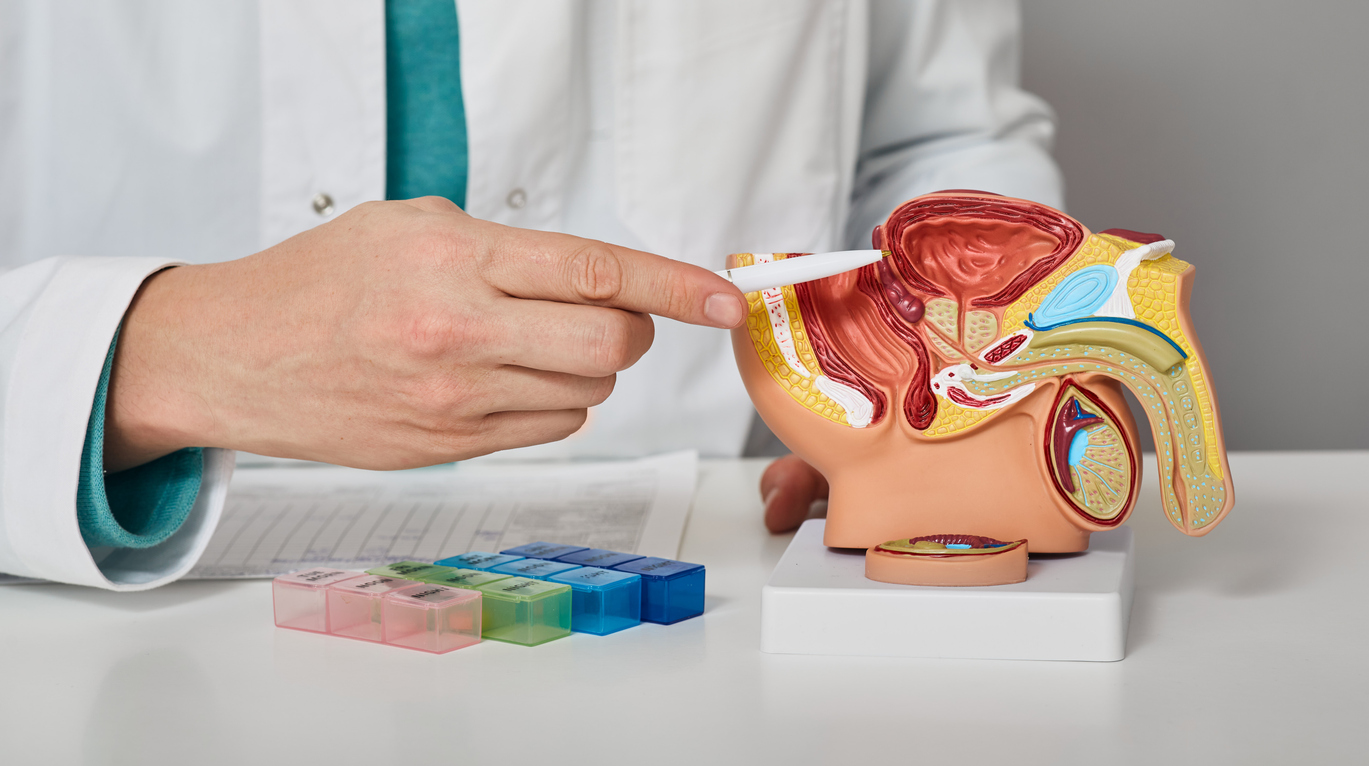2025-06-05
Binge eating under high tension
Endocrinology and Metabolism Neurology
Binge Eating Disorder (BED) is an eating disorder characterized by repeated episodes of excessive food intake in a short period of time. These episodes are associated with a loss of control and occur without compensatory behaviors (such as vomiting, restriction, etc.). BED is the most common eating disorder in the general population, particularly affecting individuals with obesity. It is often accompanied by significant psychological distress and psychiatric comorbidities, including anxiety, depression, and metabolic disorders.
Current treatment strategies—primarily psychotherapy and some pharmacological approaches—show only partial effectiveness. In practice, fewer than half of patients achieve complete abstinence from binge episodes in the medium term. These treatments are also limited by side effects, individual variability in response, and the absence of predictive biomarkers of therapeutic success.
One of the main challenges in managing BED is the regulation of inhibitory control, which is often impaired in these patients, and the management of food cravings, which are closely linked to neural reward mechanisms similar to those observed in addictive disorders. This neurobiological similarity with addictions has led to the exploration of neuromodulation techniques, such as repetitive transcranial magnetic stimulation (rTMS).
In this context, the study was designed to evaluate the effects of rTMS applied to the left dorsolateral prefrontal cortex (dlPFC)—a key brain region involved in impulse control and craving regulation. The goal was to determine whether non-invasive stimulation could reduce the frequency of binge eating episodes in obese women with BED. A secondary objective was to evaluate side effects, treatment tolerability, and the impact on craving, mood, and associated psychological disorders.
Stimulating the brain, calming the appetite?
This double-blind randomized controlled trial aimed to assess the effects of 20 sessions of neuronavigated 10 Hz rTMS applied to the left dorsolateral prefrontal cortex. The primary endpoint was the reduction in the number of binge eating episodes. Researchers also evaluated craving intensity, along with several secondary indicators, including Body Mass Index (BMI), levels of anxiety and depression, and specific eating disorder symptoms. Participants were followed up to 16 weeks after being assigned to intervention groups.
The study included 59 obese women diagnosed with BED. Results showed that active rTMS significantly reduced the frequency of binge episodes compared to the sham group, both at the end of treatment and at the 8-week follow-up. However, no significant difference was observed between the groups regarding craving, BMI changes, or psychopathological scores. The treatment was generally well tolerated, with only a few reports of moderate headaches. Blinding was adequately maintained, with only 16% of participants correctly guessing their group allocation.
A boost to break the binge cycle
Binge Eating Disorder is a common and debilitating condition marked by recurrent, uncontrolled food intake, often linked to psychological distress and obesity. Despite available treatments, clinical outcomes remain modest, with a high rate of partial remission, especially in patients with inhibitory control issues.
One of the main therapeutic challenges lies in the inability of conventional approaches to sustainably correct food compulsivity and prevent relapse. With this in mind, repetitive transcranial magnetic stimulation targeting the left dorsolateral prefrontal cortex has been proposed as a promising intervention due to its role in impulse regulation and decision-making.
Results from this trial indicate that active rTMS significantly decreases the frequency of binge episodes, without significantly affecting craving intensity or BMI. This suggests that dlPFC stimulation may primarily enhance behavioral control, rather than directly targeting food motivation. The observed effect appears to be specific to impulsive behavior reduction, supporting the dlPFC as a relevant target for neuromodulation in self-control disorders.
However, some methodological limitations remain and warrant further research to confirm and expand these findings. Larger-scale studies with longer follow-ups, additional neurocognitive and biological measurements, and more diverse populations are needed. Integrating rTMS into cognitive-behavioral interventions may offer more effective, personalized, and combined strategies to break the binge eating cycle in a lasting way.
Read next: One session, one trigger?

Last press reviews
Does smoking during pregnancy protect against type 1 diabetes?

By Ana Espino | Published on November 24, 2025 | 3 min read<br>...
Digital rectal exam in prostate cancer screening: time to rethink its role?

By Carolina Lima | Published on November 20, 2025 | 3 min read<br>
Prostate cancer: could physical exercise be the key to regaining an active sexual life?

By Lila Rouland | Published on November 21, 2025 | 3 min read<br>...